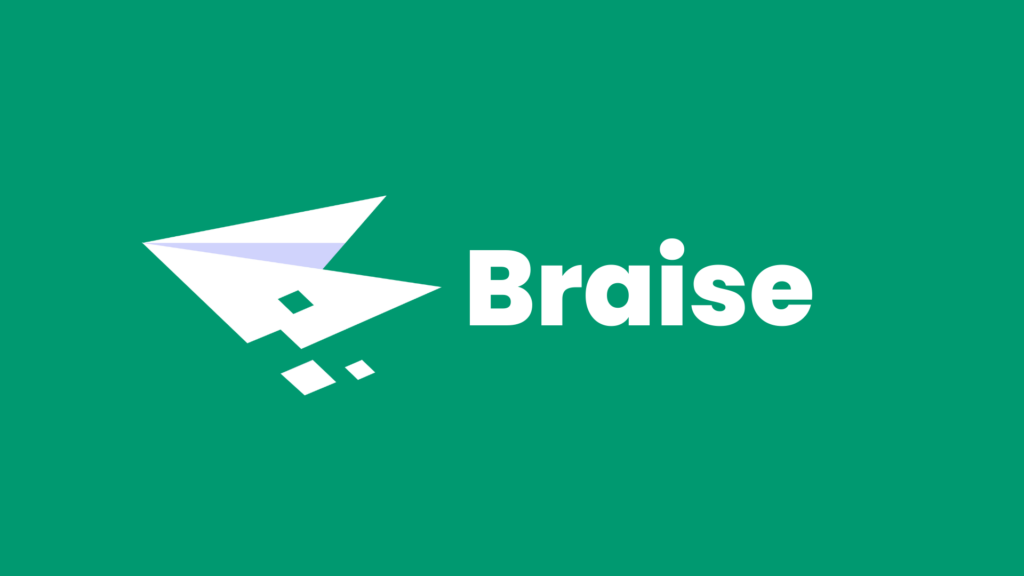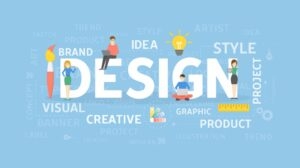In today’s business landscape, effective communication and brand representation are pivotal elements in establishing credibility and trustworthiness. A well-crafted letterhead is a fundamental aspect of this equation, serving as a powerful visual tool to reinforce your brand identity. This article delves into the intricacies of letterhead design, elucidating its significance, and offering insights into creating a compelling and professional letterhead that aligns seamlessly with your brand.
Understanding Letterhead Design
Letterhead Defined
A letterhead is a customized header at the top of a document, typically used for official correspondence, such as business letters, invoices, and other formal communications. It incorporates essential business details like the company name, logo, address, contact information, and often additional design elements that reflect the organization’s visual identity.
The Importance of Letterhead Design
A Professional First Impression
The significance of letterhead design cannot be overstated. It is often the first point of visual contact between your business and its clients, partners, or customers. A well-designed letterhead conveys professionalism, reliability, and brand consistency, immediately leaving a positive impression.
Brand Identity Reinforcement
Consistency is key in brand identity. A letterhead serves as an extension of your brand, ensuring that every piece of correspondence unmistakably represents your business. This consistency fosters brand recognition and trust over time.
Legal and Official Compliance
Moreover, letterheads are essential for legal and official documentation. They often contain vital information such as a company’s registered address, making them a necessary component for compliance with legal requirements.
Creating Your Own Letterhead
Defining Your Brand Elements
Before diving into the design process, it’s crucial to have a clear understanding of your brand’s visual elements. This includes your logo, color scheme, fonts, and any other graphics or design motifs that represent your business. Collect and organize these elements to ensure a unified and coherent look.
Choosing the Right Design Software
Selecting the appropriate design software is a pivotal decision in crafting your letterhead. Popular choices include Adobe InDesign, Adobe Illustrator, CorelDRAW, and even Microsoft Word for those seeking a more accessible approach. Online design tools like Canva can also be valuable, particularly for those with limited design experience.
Designing the Letterhead
Once you have your brand elements and design software in place, you can start creating your letterhead. Begin by determining the layout and placement of your logo, company name, contact information, and any other branding elements. Pay attention to factors such as spacing, alignment, and the overall aesthetics to ensure a professional appearance.
The Role of Letterhead Templates
A convenient alternative to designing a letterhead from scratch is to utilize letterhead templates. These templates are pre-designed frameworks that simplify the process, offering a structured canvas for your information and branding elements. They come in various formats, including Microsoft Word, Adobe InDesign, and online platforms.
Advantages of Letterhead Templates
Saves Time
Using a template can significantly reduce the time spent on designing your letterhead. It eliminates the need to create a layout from scratch, enabling you to focus on customizing the template to match your brand.
Ensures Uniformity
Templates provide a consistent structure for your letterhead, ensuring that all your business documents maintain a uniform and professional appearance. This consistency enhances your brand recognition and reinforces your corporate identity.
Selecting the Right Tool for Letterhead Design
The choice of design tool ultimately depends on your proficiency and the level of customization you require for your letterhead. Professional graphic design software such as Adobe InDesign and Adobe Illustrator offers advanced features for those with design expertise, allowing for intricate and highly customized designs. However, they may have a steeper learning curve.
Microsoft Word and online design platforms like Canva cater to users with varying design skill levels. They provide user-friendly templates and design options, making it easier for those without extensive design experience to create professional-looking letterheads.
Choosing the Right Design Approach
When it comes to choosing the design approach for your letterhead, consider the unique characteristics and preferences of your brand. Here are a few strategies to consider:
- Minimalistic Elegance: Some brands prefer a clean and minimalist approach, with simple typography, a subtle color palette, and a neatly placed logo. This design style exudes elegance and sophistication, making it ideal for law firms, financial institutions, and luxury brands.
- Playful and Creative: On the other end of the spectrum, brands with a creative and dynamic identity might opt for a more playful design. Incorporating vivid colors, innovative fonts, and imaginative graphics can help convey a sense of creativity and innovation, which can be appealing to design studios, marketing agencies, and tech startups.
- Classic and Traditional: If your brand embodies tradition and reliability, a classic design might be the way to go. Think of timeless fonts, subdued colors, and a balanced layout. This approach is often favored by established businesses, universities, and heritage brands.
- Industry Relevance: Consider your industry when designing your letterhead. Your letterhead should resonate with the expectations and aesthetics prevalent in your field. For example, a law firm might opt for a formal and conservative design, while a florist may embrace a more whimsical and floral-themed approach.
- Scalability and Consistency: Ensure that your letterhead design can be easily adapted for various communication materials. This includes not only letters but also invoices, business cards, and other stationery items. Consistency across all these materials is crucial for a cohesive brand identity.
The Design Process
While the design process can vary depending on your chosen approach and tools, there are some universal steps to follow:
- Layout Planning: Begin by determining the layout of your letterhead. Decide where you’ll place your logo, company name, contact information, and any other design elements. This is the foundation of your design.
- Color Scheme: Choose a color scheme that aligns with your brand’s color palette. Consistency in color is vital for brand recognition. Ensure that the colors you select resonate with your brand’s personality.
- Typography: Select appropriate fonts that reflect your brand’s voice. Use one or two fonts consistently across your letterhead for a harmonious look. Pay attention to font size, line spacing, and text alignment for readability.
- Logo Integration: Integrate your logo seamlessly into the design. Make sure it’s appropriately sized and placed to draw attention without overwhelming the other elements.
- Contact Information: Include relevant contact details, such as your address, phone number, and email, in a clear and organized manner. Ensure that this information is up to date.
- Testing and Feedback: Before finalizing your design, it’s beneficial to seek feedback from colleagues or design professionals. They can provide valuable insights and catch any potential issues.
- File Preparation: Once your design is complete, make sure to save it in an appropriate file format for easy printing and digital use. Common formats include PDF, JPEG, and PNG.
Conclusion
In conclusion, letterhead design plays a pivotal role in establishing a professional and consistent brand identity. It is not merely a piece of stationery but a representation of your business’s commitment to excellence and reliability. By considering your brand’s unique identity, selecting the right design tools, and following a well-planned design process, you can create a letterhead that leaves a lasting impression and strengthens your brand’s identity in the eyes of your audience. Letterhead design is an art, and when executed with care and precision, it becomes a powerful tool for communicating your brand’s values and building trust with your stakeholders.








